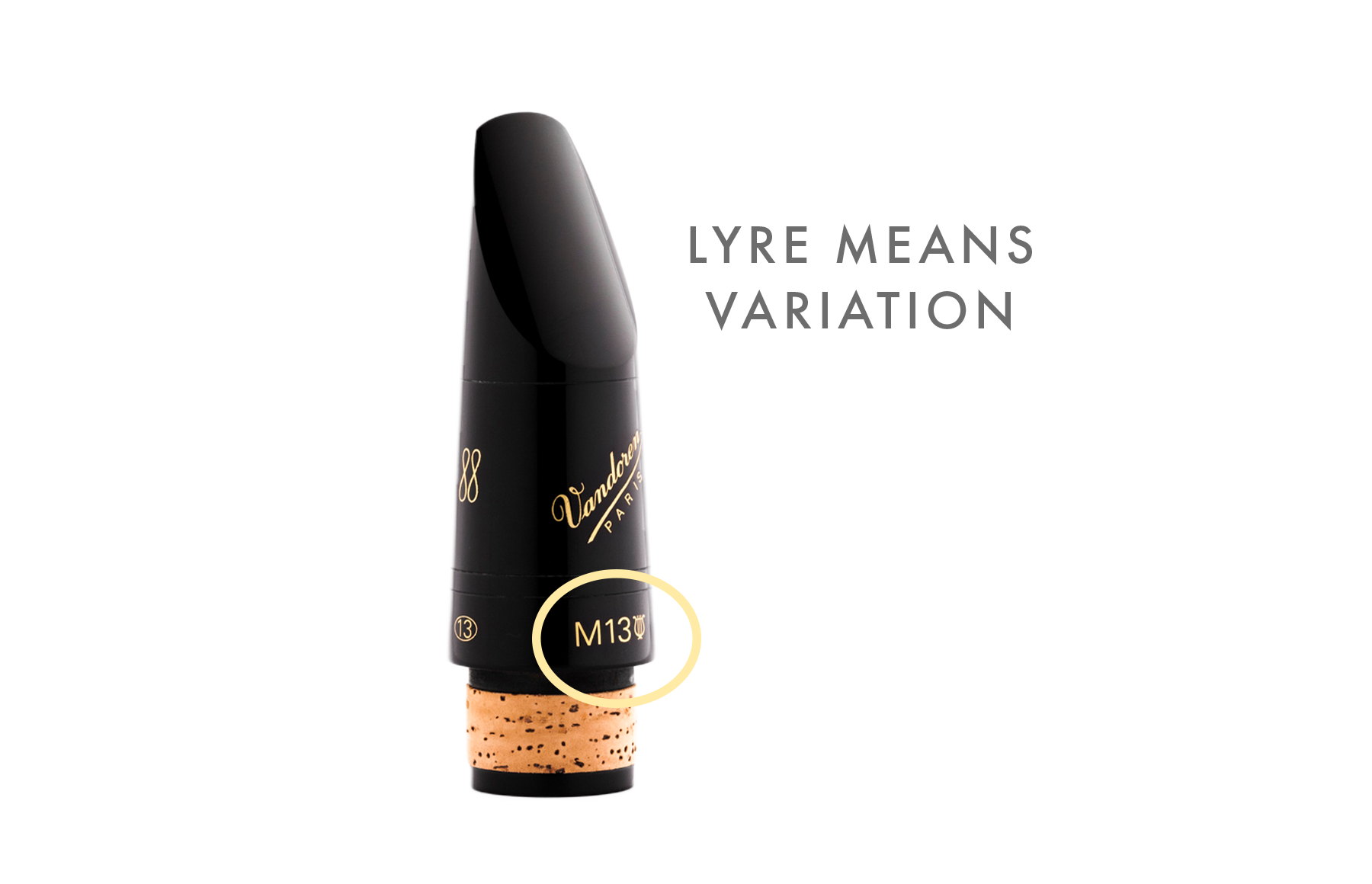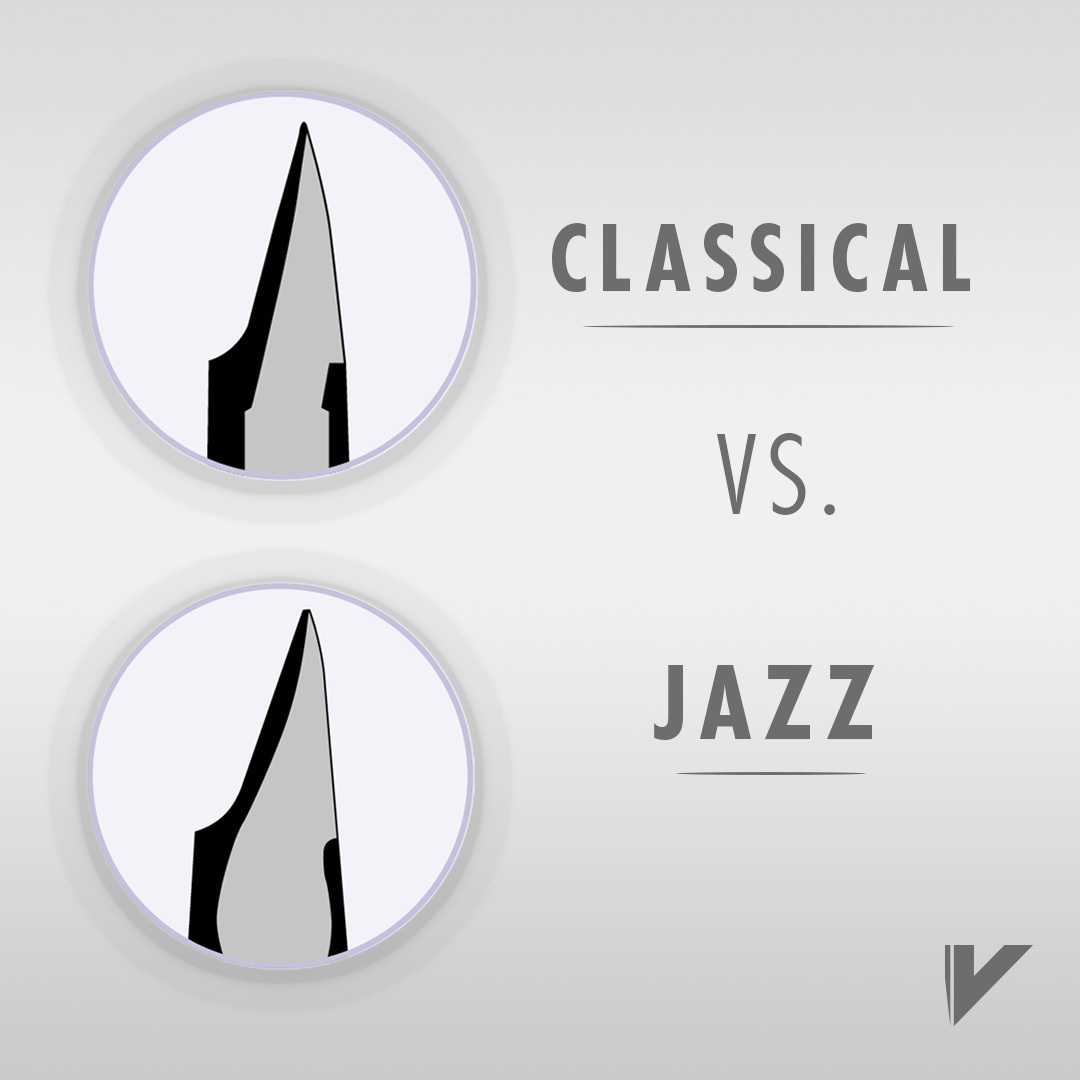Your Mouthpiece Questions Answered
Date Posted: December 02, 2023
Below we’ve compiled a list of the most common mouthpiece related questions we field either in person at shows, over the phone, or online. We hope you find these helpful.
How long does a mouthpiece last?
This is more complicated than it may seem. A lot of this depends on how frequently the mouthpiece is used, and how well it is taken care of. In general, mouthpieces DO wear down over time due to the normal wear and tear that it is subject to during performance, as well as breakdown from saliva. Even the reed vibration alone is enough to, over time, physically change a mouthpiece. On average, regular players seem to notice these changes after 2-3 years. Some are okay with it, and some are not. Here are some tell-tale signs that your mouthpiece has changed:
- You’re experiencing more reed issues than usual. Reeds change with weather, but if you are consistently finding your usual reeds are giving you fits, it might be time to try a different mouthpiece or ligature.
- Response issues – articulation getting muddy, too harsh, or even squeaky? Compare your setup to a new mouthpiece of the same model.
What is the best mouthpieces for beginners, intermediate, advanced players, etc.?
The truth is, all of Vandoren’s mouthpieces are designed for and played by professionals around the world. In certain areas of the world, some models are preferred over others for different stages of development, but this has more to do with preference and use than anything else. For instance, in the U.S. the 5RV Lyre is very well received among beginning and middle school band directors because medium tip opening and facing length provide young players with enough flexibility and playability to perform in a variety of different band related situations (marching band, concert band, solo and ensemble, etc.). But this more of a widely accepted preference, not a rule. The key is to find a mouthpiece that works for you, or for your students. Always remember, while equipment is important, YOUR SOUND starts with YOU.
How should I test a new mouthpiece?
Everyone has their own approach, but we like to recommend finding a quiet space, and being consistent in your approach to each mouthpiece. For instance, you might try play the same scale or passage with the same articulation on each mouthpiece. Does one mouthpiece make things easier or harder to execute? Then you can make some decisions based on your experience. If you play differently on every mouthpiece it can become very confusing.
It is also very important to take reed strength/cut into account when trying different models. Trust your gut, if the reed feels stuffy or too hard, don’t be afraid to try a different strength. Not all mouthpieces were designed to use the same strength reed. Open mouthpieces generally require softer reeds while closed mouthpieces generally require harder reeds. Here are some tips for selecting a new mouthpiece.
What is the mark, or stamp on the bottom of my mouthpiece?
This a final production mark stating that this mouthpiece measures up to all of the strict quality control measures and specifications in place for that particular model.
What does the Lyre symbol mean?
Many of our mouthpieces have this symbol: B45 Lyre, 5RV Lyre, M30 Lyre, B40 Lyre. Rather than a specific and consistent difference in specification, all this means is a variation of that model. For instance, the 5RV Lyre is a variation on the 5RV. The variation is not always the same across all models. For some it may have more to do with rail thickness, while others might have slightly different tip openings…but the essence of the original model remains.

Why did my mouthpiece turn greenish brown?
Ebonite mouthpieces can oxidize. Most often this occurs because of excessive exposure to sunlight and/or hot water. To help prevent this, we recommend washing mouthpieces with room temperature water and a mild soap, or a 50/50 mixture of isopropyl rubbing alcohol and water.
What material does Vandoren use to make their mouthpieces?
Vandoren mouthpieces are made from a very high-quality ebonite, often referred to as hard rubber – NOT plastic.
All Vandoren mouthpieces begin as ebonite molded blanks. By starting with a mold rather than rod rubber, Vandoren is able to deliver mouthpieces with much more complex inner-designs and greater consistency from one mouthpiece to the next.
What is the difference between a jazz and classical mouthpiece?
Classical mouthpieces tend to have closed tip openings with low, flatter baffles, and smaller chambers. These elements offer players a more rounded, focused, and pure sound. This makes it easier to blend with other instruments in classical settings.
Jazz mouthpieces tend to have more open tip openings, higher baffles, and larger chambers in some cases. They’re designed to allow more overtones and harmonics in your sound, giving you edge and projection that is common in jazz, rock, and pop music.

Learn more about the differences between classical and jazz mouthpieces.